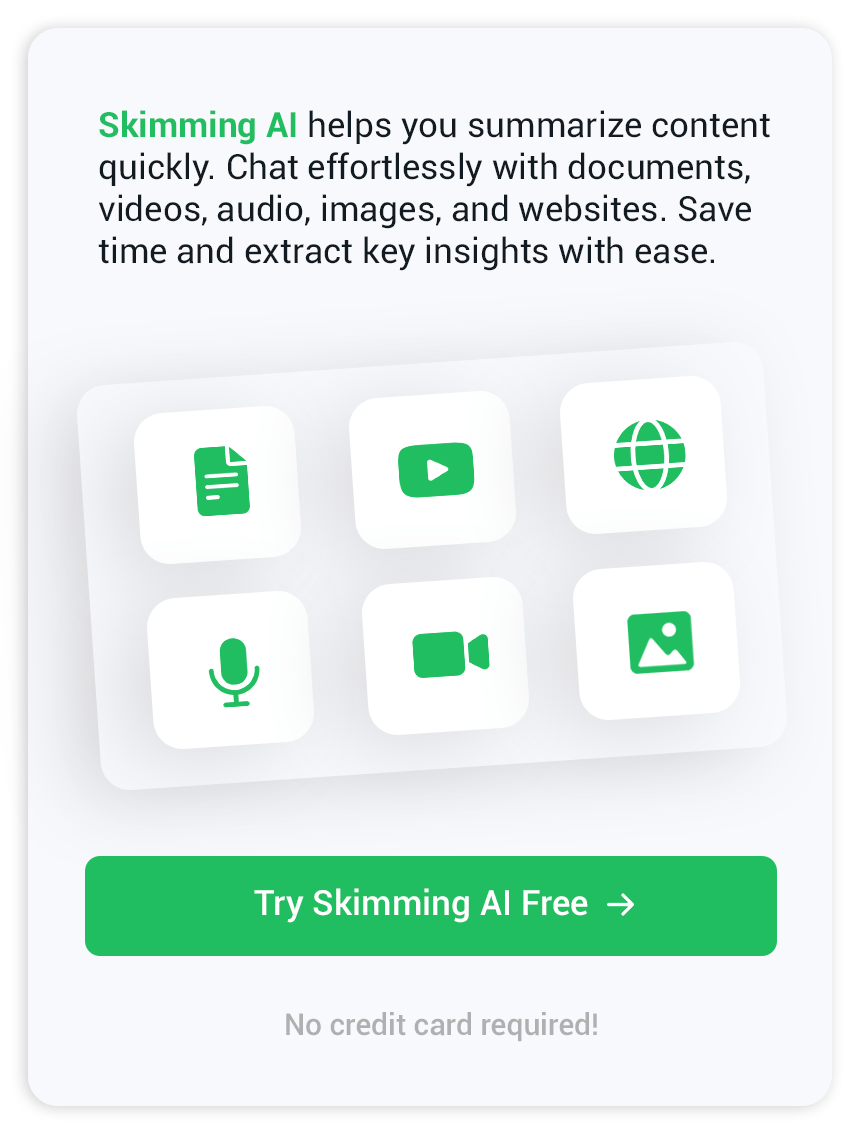Audio File to Text Conversion, From Recording to Ready-to-Read
Anyone who has spent hours replaying interviews, meetings, or lectures knows the relief that comes when spoken words turn into searchable text. Audio file to text conversion unlocks that relief, making information easier to quote, archive, and share. Below you will find a practical guide that moves from “why” to “how,” plus real-world tips for crisp, accurate transcripts.
Why Turn Audio Into Text
Accessibility and Inclusion
Text makes recorded ideas available to readers who are deaf or hard of hearing and helps language learners follow along without guesswork. Captions and transcripts also meet many compliance guidelines.
Instant Search and Reference
A transcript lets you pinpoint an exact phrase in seconds instead of scrubbing through a timeline. Researchers, journalists, and content teams gain a searchable knowledge base for quick fact-checks.
Content Repurposing
Blogs, social posts, and email newsletters often start life in spoken form. Converting audio files to text creates a ready foundation for written assets without re-typing the whole conversation.
Core Methods for Turning Audio into Text
Automatic Speech Recognition
Modern ASR engines rely on machine learning. Upload an MP3 or WAV file and receive text minutes later. Most services now include punctuation, speaker tags, and export options such as TXT, DOCX, and SRT.
Human Transcription
For medical, legal, or heavily accented material, trained transcribers still rule. Human services cost more and take longer, yet they handle industry jargon and cross-talk with ease — a wise choice for court records and archival interviews.
Hybrid Workflows
A growing number of platforms combine fast machine output with optional human review. You pay the lower machine price, then request manual polishing only where needed.
Popular Online Tools That Deliver Fast Results
- Microsoft 365 Transcribe — built into Word on the web, great for quick office recordings though capped at five hours per month.
- Any2Text — drag-and-drop simplicity, supports DOCX and SRT downloads.
- Notta — offers browser and mobile apps with 98-plus language coverage and in-app summarization.
- Restream Audio Transcription — no account required, useful for podcasters who already use Restream live-streaming.
- Evernote AI Transcribe — converts voice notes directly inside notebooks, handy for meeting minutes across devices.
- Skimming AI — pairs rapid audio file to text conversion with bonus features like Skimming AI letting creators recap video and audio in one workspace.
Choosing the Right Converter
Accuracy Versus Turnaround
Check word-error rates published by each vendor, then weigh them against your delivery deadline. For a daily news outlet, speed may outweigh a stray comma. For clinical research, near-perfect output matters more.
Security and Compliance
If recordings contain patient information or confidential company data, confirm that the platform supports encryption, SOC 2 or HIPAA alignment, and purge policies.
Language and Speaker Support
Multi-speaker meetings, regional accents, or bilingual interviews demand diarization and language models tuned to those voices. Look for demos or free minutes to test before committing.
Pricing Models
Free tiers usually limit monthly minutes or file size. Pay-as-you-go plans charge per minute. Subscriptions often bundle collaboration options and cloud storage.
A Practical Workflow for Smooth Transcription
- Record clearly : choose a quiet space, place the microphone within two feet of speakers, and record separate tracks if possible.
- Trim silence : basic audio editors remove long pauses, reducing file size and processing time.
- Upload to your chosen tool : follow any format rules, for example 16-bit WAV at 44.1 kHz.
- Review the automated text : many platforms highlight low-confidence words so you can verify names and numbers.
- Export : pick DOCX for writers, SRT for captions, or JSON if you plan to feed transcripts into another app.
Common Challenges and Helpful Fixes
Background Noise
Use directional microphones or apply a gentle noise-reduction filter before uploading. Some cloud converters include noise suppression switches in their settings.
Multiple Speakers
Select tools that offer automatic diarization. If that fails, insert manual speaker labels during cleanup for readability.
Specialized Terminology
Upload a custom glossary when the option exists. At minimum, edit the final text to correct product names, drug terms, or brand acronyms.
Trends on the Horizon
Voice AI continues to learn new dialects and edge cases. Expect steady gains in real-time captioning and multilingual transcription, plus tighter integrations with note-taking apps, customer support platforms, and video-editing suites.
Final Thoughts
Whether you pick a free web utility for a quick meeting recap or a secure enterprise suite for compliance work, the path is similar — record clearly, upload once, and polish lightly. Next time a colleague asks for that quote buried in an hour-long call, send a searchable transcript instead and reclaim your afternoon.


